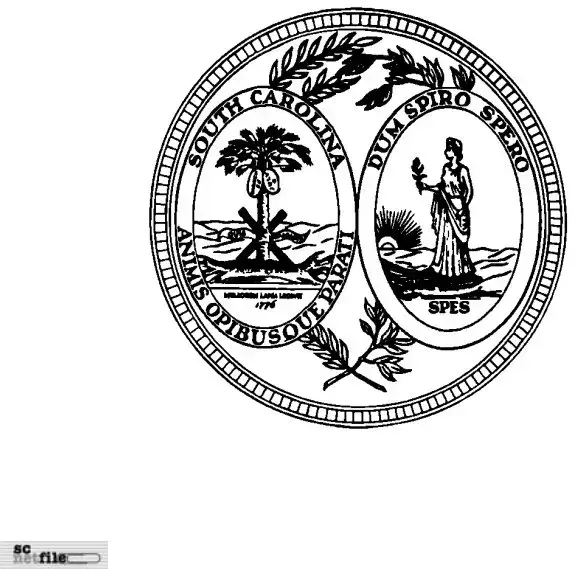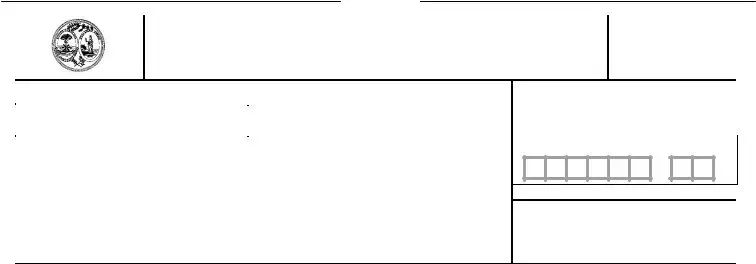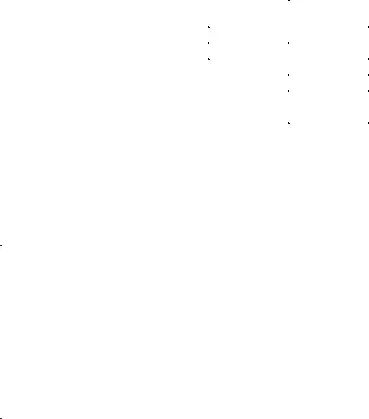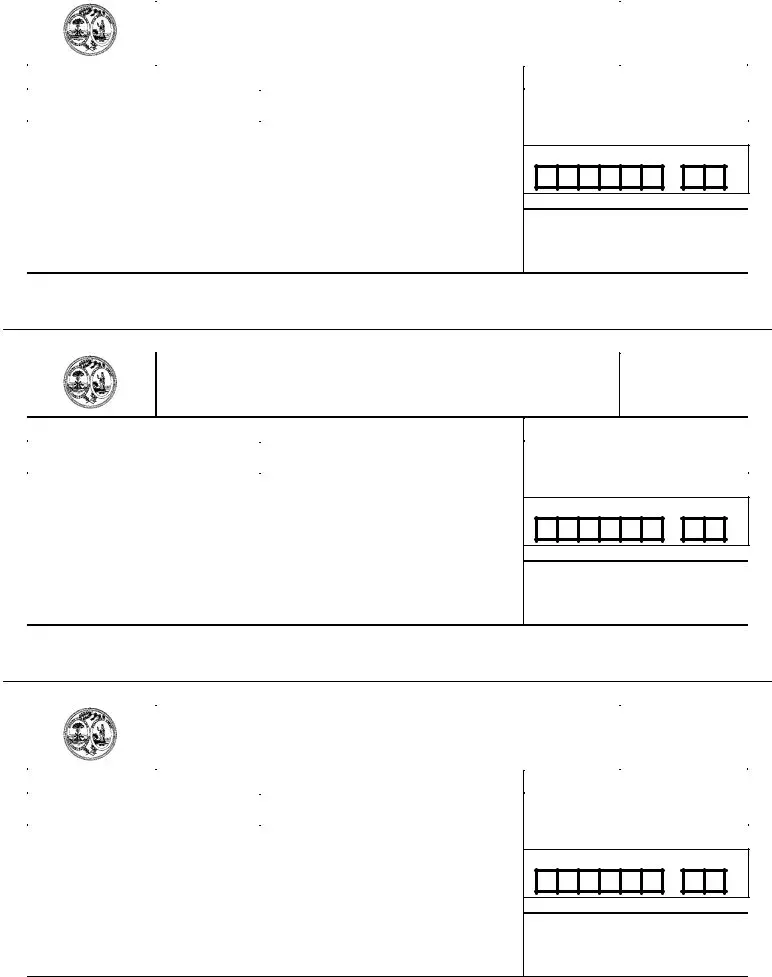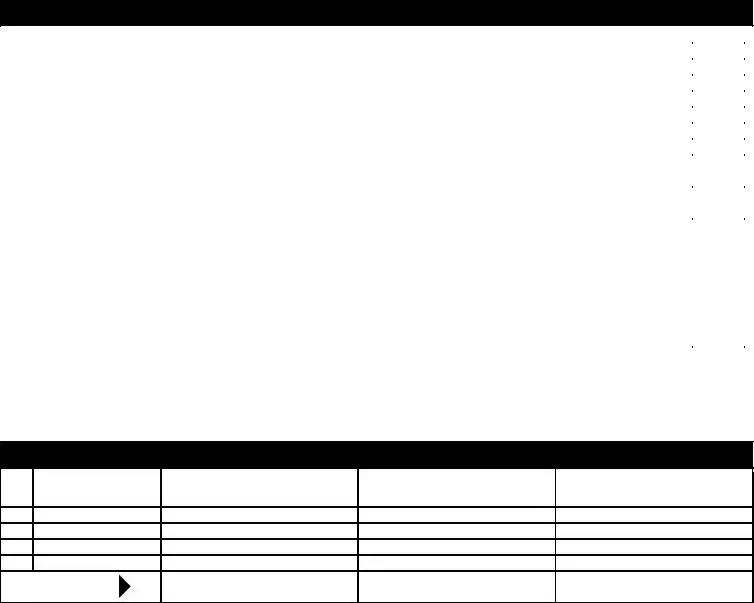STATE OF SOUTH CAROLINA
INDIVIDUAL DECLARATION OF ESTIMATED TAX
INSTRUCTION AND WORKSHEET
The enclosed declaration payment-vouchers are provided for you to file your declaration of estimated tax and to pay the installments due. Quarterly billings will not be made. Therefore the payment-voucher must be attached to your payment to assure accurate posting of the amount paid.
A WHO MUST FILE A DECLARATION
Every individual must file a declaration of estimated tax for 2003 if the expected total amount of tax owed when the income tax return is filed will be $1000.00 or more. This includes all individuals residing in the state, also nonresidents and part-year residents receiving South Carolina taxable income.
Exceptions for filing a declaration are:
(1)Farmers and Commercial Fishermen whose gross income from farming or fishing for 2002 or 2003 is at least two-thirds (66.7%) of the total gross income from all sources. These taxpayers may choose to pay all their estimated tax by January 15, 2004 or to file their 2003 Form SC1040 and pay the total tax due by March 1, 2004 instead of making four quarterly installments.
(2)Any Individual who was a resident of South Carolina throughout the preceding taxable year, had no South Carolina tax liability for the prior year, and whose prior year tax return was (or would have been, had the individual been required to file) for a full 12 months;
(3)Any Individual who was not a resident of South Carolina throughout the preceding taxable year, had no South Carolina tax liability for the prior year, and whose prior year tax return was (or would have been, had the individual been required to file) for a full 12 months;
(4)Any nonresident taxpayer doing business in South Carolina on a contract basis when the contract exceeds ten thousand dollars ($10,000) and the tax is withheld at the rate of two percent (2%) from each contract payment.
NOTE: You may be able to avoid making estimated tax payments by asking your employer to withhold more state tax from your earnings, if applicable. To increase your state withholding, file a new withholding exemption certificate. Civil service retirees may contact the US Office of Personnel Management at 1-800-409-6528 to have SC withholding withheld from retirement income.
B WHEN TO FILE YOUR ESTIMATED TAX
(2) Fiscal Year taxpayers must file their declaration of estimated tax vouchers on the 15th day of the 4th, 6th, and 9th months of the fiscal year and the first month of the following fiscal year.
C PAYMENT OF ESTIMATED TAX
Pay your estimated tax in equal amounts on the required filing dates attached to the corresponding voucher; however, you may pay all of your estimated tax on April 15, when the first installment is due. Instead of making your last payment of estimated tax on January 15 (Voucher Number 4), you may file your completed income tax return by January 31 and pay in full the balance of all income tax owed. If there is any overpayment shown on the income tax return filed, the overpayment may be transferred to your estimated tax account for the next year. The amount to be transferred must be entered on the income tax return. The declaration voucher does not have to be attached to the return for the transfer to be made.
D JOINT VS. SINGLE DECLARATION
A husband and wife who are living together may file a joint declaration; however, there are exceptions that require a single or separate declaration. These exceptions are: (1) married taxpayers with different taxable years and (2) married taxpayers who wish to retain their own identity by using different last names.
NOTE: Married taxpayers who file joint SC1040ES vouchers but file separately (or vice versa) when filing Form SC1040 may not receive proper credit for their estimated payments thus generating a deficiency or other notice. Should this occur, contact with the South Carolina Department of Revenue will be required to clarify the matter.
E AMENDED DECLARATION
Your declaration must be amended if you find that the estimated tax is substantially increased or decreased as a result of (1) a change in income, (2) a change in exemptions or (3) a change in the income tax withholding. The amended declaration should be filed on or before the next filing date that is June 16, September 15, or January 15. A special form for amending your declaration will not be needed. Therefore you must use the regular declaration voucher for the filing period.
F PENALTY FOR FAILURE TO FILE AND PAY ESTIMATED TAX
You may be charged a penalty for not paying enough estimated tax, or for not making the payments on time in the required amount. The penalty does not apply if each required payment is timely and the total tax paid is at least 90% of the total tax due. No penalty will be due for underpayments attributable to personal service income earned in another state on which income tax withholding due to the other state was withheld. Most taxpayers filing a declaration may also avoid penalty by paying 100% of the tax shown to be due on the return filed for the preceding taxable year. You must have filed a South Carolina return for the preceding tax year and it must have been for a full 12-month year. However, the 100% rule is modified to be 110% of last year's tax liability for an individual with an adjusted gross income of more than $150,000 as shown on the return for the preceding tax year. (To compute adjusted gross income use federal guidelines and make South Carolina adjustments.) Use Form SC2210 to compute the penalty.
G HOW TO USE THE PAYMENT-VOUCHER
The preprinted payment-voucher has the taxpayer's name, address and Social Security number as shown in the files of the SC Department of Revenue. Check the preprinted information for correctness of name, address, and Social Security number. If in error, PLEASE TYPE OR PRINT your corrections.
(1)If you do not have a preprinted payment-voucher, enter your correct name, address and Social Security number in the space provided.
(2)Enter the amount shown on line 11 of the worksheet on the Amount of Payment line. If no payment amount is due, no payment voucher needs to be filed.
(3)Tear off at the perforation.
(4)Attach your check or money order, made payable to the South Carolina Department of Revenue, to the payment-voucher.
Mail the payment-voucher and remittance to the South Carolina Department of Revenue, Estimated Tax, Columbia, SC 29214-0005. Use the preaddressed labels that came with your payment-voucher. VERY IMPORTANT -- Fill in the Record of Estimated Tax Payments on page 2 so you will have a record of all payments made. The Department will not mail you a statement showing the amount of estimated tax paid during the year.
